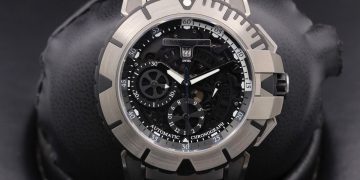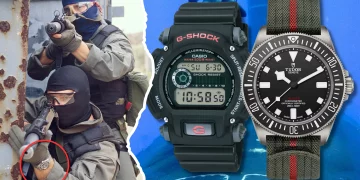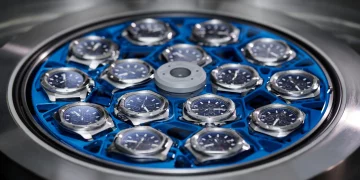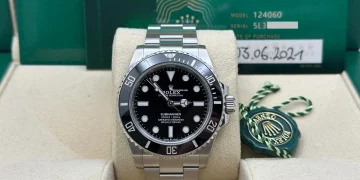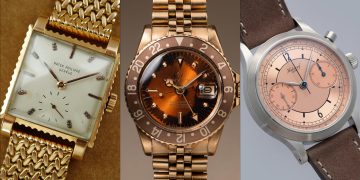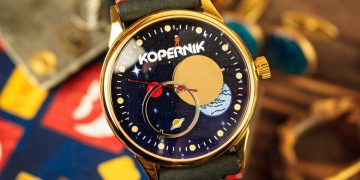Subculture Spotlight: Accelerated Patina and ‘Crash’ Dials as Vintage Fetishism
In an age where perfection is often mass-produced and luxury can seem indistinguishable across wrists, a growing number of millennials are paying staggering amounts—not to preserve the condition of their high-end watches, but to damage them. On purpose. What was once the nightmare of every Rolex owner—water-stained lume, cracked crystals, oxidized dials—is now the newest subcultural badge of horological authenticity. Dubbed the “vintage acceleration movement,” this trend is not about restoring watches to showroom polish. It’s about artificially aging timepieces to achieve the visual drama of decades of wear in a matter of days.
In New York, Tokyo, and Berlin, underground workshops now offer bespoke “distressing” services with waiting lists that stretch into months. The process can include subtle dial discoloration, controlled oxidation of markers, hand-scratched acrylic crystals, and even micro-cracks in sapphire that mimic decades of use in harsh climates. The more convincing the damage, the more coveted the result.
At the heart of this movement is a desire for individualism through imperfection. For a generation disillusioned by algorithmic sameness and “cookie-cutter” status symbols, a perfectly preserved modern Rolex or Audemars Piguet can feel sterile—just another object of conspicuous consumption. But a “tropical” Submariner with ghosted bezel and milk-tea dial? That’s a conversation piece. A story. A rebellion.
The appeal is both aesthetic and philosophical. Patina signifies time, experience, and wear. It transforms a mechanical object into a personal artifact. To many millennials, “damage” equals depth. Some enthusiasts compare their aged timepieces to denim collectors who treasure natural fades and whiskering, or car lovers who prefer vintage paint patina over flawless restorations.
Watch artists—yes, that’s what some now call themselves—use chemical vapors, high-humidity chambers, UV bombardment, and friction treatments to manipulate oxidation on brass, bronze, and steel. The goal isn’t to fool collectors; it’s to express something subjective: nostalgia for a time they never lived in. Ironically, it’s a longing for age itself, curated in a society obsessed with youth.
Brand Warnings: Warranty Pitfalls in the Era of Intentional Distress
While the vintage-acceleration trend is riding high in cultural circles, luxury brands have responded with unease—and in some cases, explicit disapproval. In 2025, Patek Philippe issued an internal memo clarifying that any alterations designed to simulate aging—chemical or mechanical—would result in immediate voiding of all factory warranty and service rights. The same applies to Rolex, which has formally declined to service any timepiece with “intentional environmental modification inconsistent with natural wear.”
Audemars Piguet’s customer support portal now includes a clause flagging watches exhibiting signs of artificial distress as non-eligible for service history validation. This affects not only warranty coverage but also resale value within brand-authorized networks. Omega has gone further, warning that the use of oxidizing agents—even externally—can lead to long-term degradation of movement gaskets, dial paint, and lume compounds.
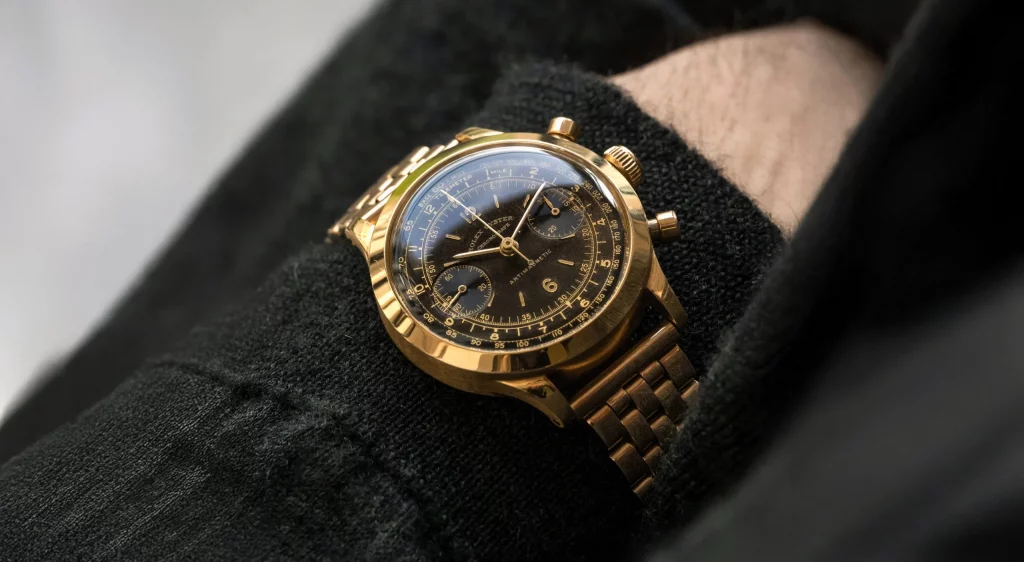
For brands steeped in heritage and tradition, the trend represents an existential risk. Artificially aged watches blur the boundary between provenance and pretense. Collectors who once sought “honest patina” as a mark of authenticity now must second-guess what they see at auction.
Even independent brands—often more flexible—have set red lines. F.P. Journe, for instance, has stated it will never authenticate or service a timepiece that has been “aesthetically modified” to simulate age. In an industry where service archives are often part of a watch’s documentation pedigree, this can significantly impact long-term value.
Yet, paradoxically, some niche customizers have embraced the backlash as proof of cultural relevance. “If Rolex hates it,” one New York-based watch artist says, “that means we’re doing something that challenges the hierarchy. And isn’t that the point?”
DIY Aesthetics: 3 Safe Techniques to ‘Age’ Without Destroying the Movement
Despite brand resistance, many enthusiasts still want to experiment. The key is knowing how to achieve patina responsibly—without harming the movement or violating irreversible structural integrity. Below are three DIY-friendly techniques used by hobbyists and modders that respect the mechanical soul of the watch while enhancing its vintage character.
- UV-A Patina Exposure (Sunlamp Aging)
UV-A light, the longest wavelength in the ultraviolet spectrum, can be used to subtly fade dials and lume over time. By placing a watch under controlled UV-A lamps for brief, repeated sessions (no more than 20 minutes per day), you can simulate years of sunlight exposure on matte dials or tritium-colored Super-LumiNova. This method requires patience, but it is non-invasive and entirely reversible on the case and crystal. Avoid UV-B or UV-C, which can degrade gaskets. - PolyWatch Micro-Scratching (Crystal Weathering)
PolyWatch is typically used to polish acrylic crystals—but used lightly in reverse with micro-abrasive pads, it can simulate light scuffs and “crazing” consistent with decades of daily wear. The key is subtlety: less is more. For sapphire crystals, some use specialized diamond paste to create microscopic surface distortion—but proceed cautiously, as deep scarring may compromise integrity. - Humidity Chamber for Bronze and Brass Patina
For bronze or brass-cased watches (think Panerai Bronzo or Unimatic), oxidation can be encouraged naturally using a sealed humidity box with saltwater vapor. After a few days, the case will begin to develop verdigris and deep brown undertones. This is chemically authentic and historically accurate. To control the process, periodically remove and brush the case with a soft toothbrush. Avoid any exposure to dial or movement, which should be fully sealed.
These methods may not satisfy traditionalists—but they allow the new generation to interact creatively with their timepieces. And that’s the point. It’s not vandalism. It’s aesthetic agency.
Conclusion: From Patina to Philosophy
In a watch market saturated with limited editions and perfect factory finishes, a movement toward imperfection may seem counterintuitive. But it reflects a deeper generational shift—one where experiences, marks of wear, and curated flaws speak louder than brand slogans or mechanical specs.
Millennials and younger collectors are telling a story, not just buying a product. They don’t want a museum piece under glass. They want a companion on the wrist that looks like it’s already lived a life—whether that life was real or simulated. The cracked lacquer dial, the fogged crystal, the ghosted bezel—all become narrative layers, fragments of identity worn with pride.
It’s no longer enough to own a Rolex. Now, it must be your Rolex. Even if that means paying $10,000 to make it look like it’s been through a decade of desert expeditions or deep-sea salvage dives.
Watchmaking may still prize perfection, but collectors are embracing poetry. And sometimes, poetry is written in rust, not gold.



